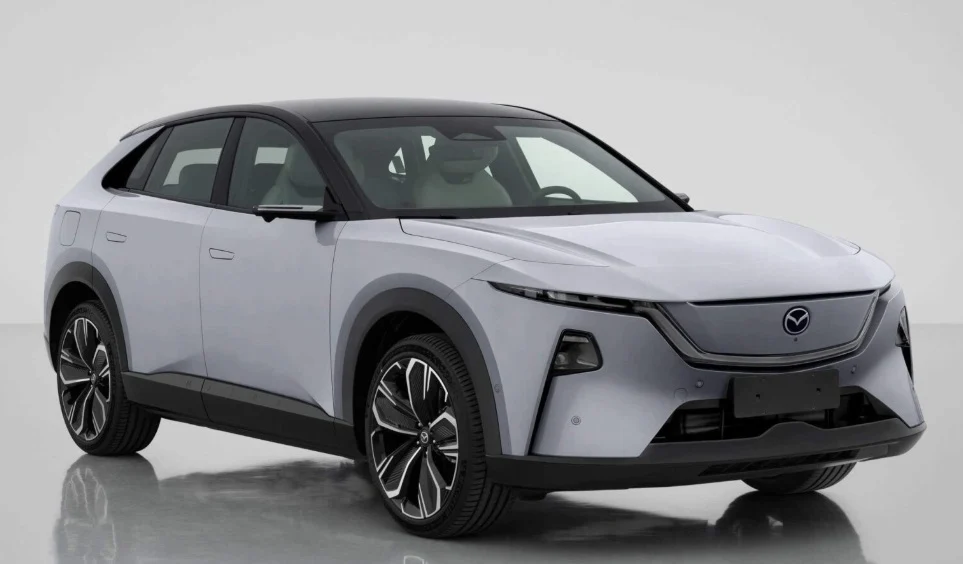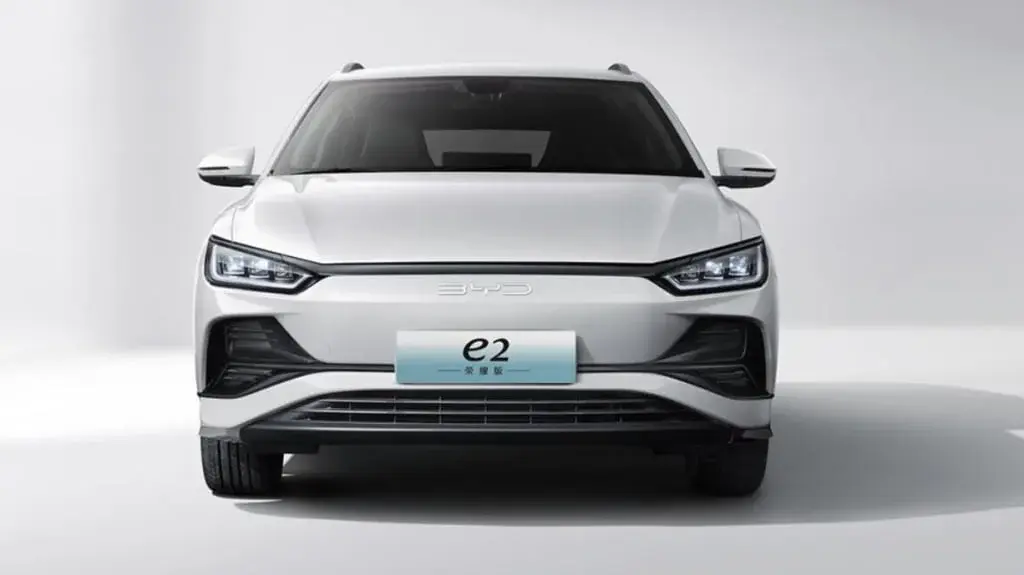Key Takeaways
1. Mazda is entering the Chinese electric SUV market with the launch of the Arata Concept and EZ-60 in August 2025.
2. The Mazda EZ-60 is built on the EPA platform, designed for efficient production with a modern design featuring unique front and rear lighting elements.
3. The EZ-60 measures 4,850 mm in length, 1,935 mm in width, and has a 2,902 mm wheelbase, with a simple interior design highlighted by a 26.45-inch screen.
4. The BEV variant of the EZ-60 generates 255 hp with an LFP battery, while the EREV model includes a 1.5 L gasoline range extender for added distance.
5. Mazda has received 20,000 orders for the EZ-60, with expected pricing between RMB 150,000 and RMB 300,000, targeting competition with the Tesla Model Y and BYD Sealion 6.
More electric vehicle manufacturers are eager to enter the Chinese electric SUV market. Mazda is also joining the competition, as per insights from the Ministry of Industry and Information Technology (MIIT) database in China. The automaker plans to launch the Arata Concept along with the EZ-60 in August 2025.
Design and Platform
The Mazda EZ-60 is constructed on the EPA platform, designed to streamline production by stacking essential parts like the battery pack, electric motor, and chassis to maximize efficiency. This platform was created in collaboration with Chinese company Changan.
Mazda opted for a modern design for the front, featuring a noticeable lip, thin headlights, and an LED daytime running light strip. The rear showcases an LED light bar that serves as a taillight above the classic MAZDA branding. An “EV” badge clearly marks the fully electric version, setting it apart from hybrid or range-extender electric vehicles (EREV).
Dimensions and Interior Features
According to the database, the EZ-60 measures 4,850 mm in length, 1,935 mm in width, and 1,620 mm in height, with a wheelbase of 2,902 mm.
Inside, Mazda has taken a simple approach. A 26.45-inch screen takes center stage, allowing drivers to access various settings and functions. The cockpit features a flat-bottom steering wheel, adding to the sleek design.
Additional features include heated front seats that can provide massages. The center console offers wireless phone charging and has storage space underneath.
Performance and Pricing
Regarding performance, the battery electric vehicle (BEV) variant generates 255 hp, powered by a lithium iron phosphate (LFP) battery, although the specific capacity and range remain unknown. The EREV model includes a 96.6 hp 1.5 L gasoline range extender, enabling it to travel nearly 100 miles on battery power alone.
Mazda has racked up 20,000 orders for the EZ-60, despite the absence of official pricing details. However, it is anticipated that the SUV will be priced between RMB 150,000 ($20,820) and RMB 300,000. It will compete with vehicles like the Tesla Model Y and BYD Sealion 6. It is unlikely that the EZ-60 will be sold outside of China.
Source:
Link



